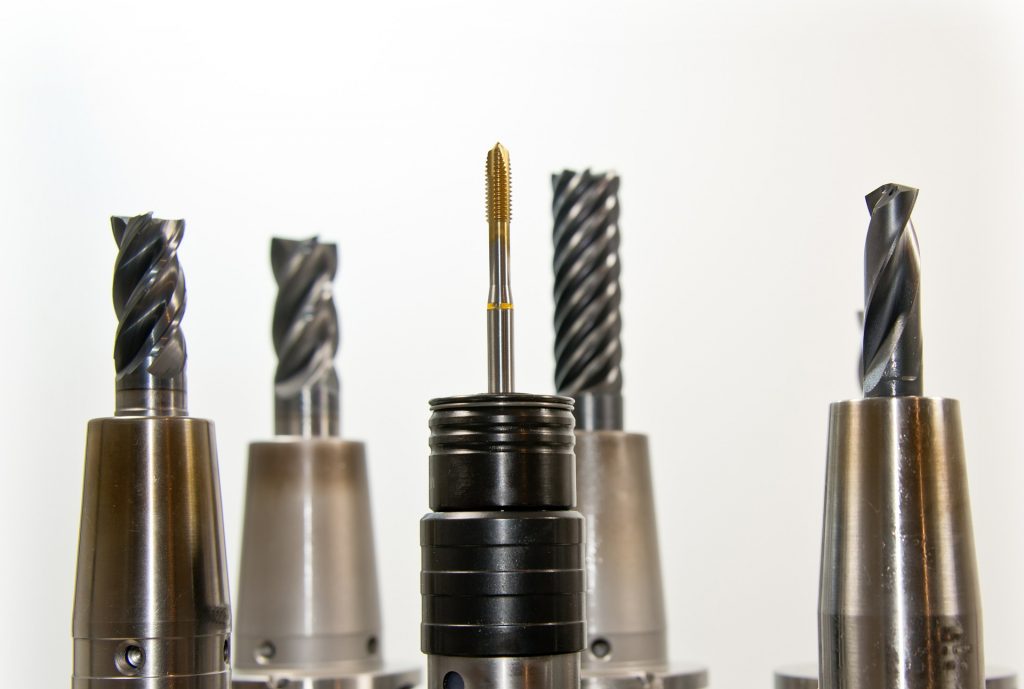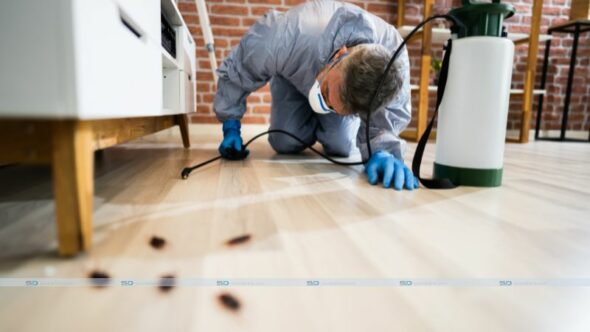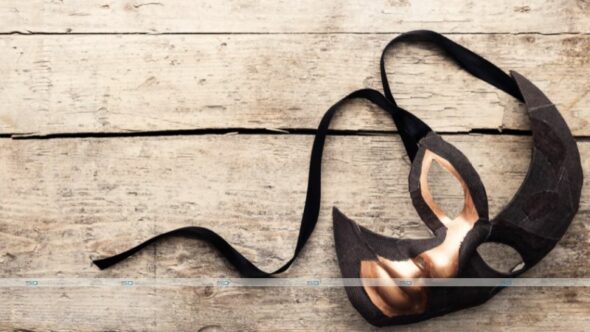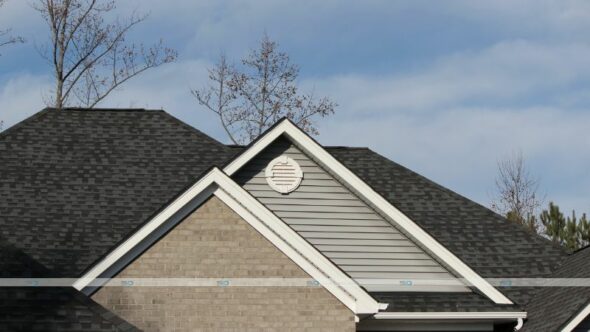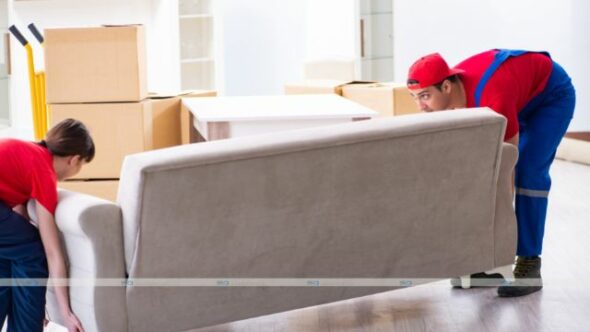If you have been noticing wear and tear in your building’s construction, such as dislocated masonry or gaps in the masonry bed, unsettled foundation or leakages and siltation issues, your building most definitely needs a structural repair before the problems escalate. There are numerous structural repair solutions available in the market for you to choose from depending on your budget and nature of repair required among other things.
However, regardless of whichever repair solution you choose, almost all of them will require you to deal with drilling at some point or the other. Although drilling seems to be a fairly simple task when it comes to construction and repairs procedures, however, the whole repair solution can collapse if drilling is not done in the right manner, that is why I recommend inner wall casing scrapers when drilling. Even if you are hiring some labour for your structural repairs, a sound knowledge regarding the tools and techniques of drilling will help you supervise the team and ensure that the work is done effectively. Your drilling techniques largely vary according to the material you are dealing with, which in most cases is concrete, masonry, wood or metal.
Here are a few things that you should take care of when dealing with drilling.
- The Right Drill Size
When dealing with woods it is recommended that the size of your holes should be smaller in diameter from the nails that your will be using and larger in diameter from the wood screw that will be used. This will help keeping the weight in place and will prevent the board from cracking.
- The Right Tools
In order to be able to drill effectively, it is important that you have the right set of tools and services at hand. If you are dealing with concrete, since that is the material used in the majority of buildings, you need to invest in a good hammer drill and a masonry drill bit. A great companion that works on concrete cutting would be a fine accessory of any job involving concrete. A good drill machine is one which has a hammer function, variable settings for speed and depth of drilling, good grip and a powerful output.
Drilling concrete using a conventional non-hammer drill machine is very difficult, although not impossible. It takes a lot of time and patience to drill using conventional tools and the result will not necessarily be a satisfactory one unless you have mastered the skill by practicing consistently. For more construction equipment that are budget-friendly, you can rely on Bautrockner mieten München.
- Master the Skill
Now that you have all your drilling equipment at hand, it is important to practice and perfect your skill. Try to keep your body stable while drilling so that a straight perfect hole can be drilled.
- Choose the Right Screws
In order to ensure that your drilling do not go down the drain, it is important that you know the purpose of drill and the nature of weight it will be carrying. Knowing the nature of material you are dealing with and the purpose of drill will help you choose the right screws, which is very important.
- Read your Drill Manual
Most people do not bother reading the manuals that come along with your drill machines. Note that each drill that is available in the market is not necessarily made for a different material and a purpose. There are even dedicated masons drills that are specifically meant for drilling through the brickwork.

